Finding Humanity in “Cults”
by James Bennett
2023 marked significant anniversaries of two events that frame popular understandings of the word “cult.” November was the 45th anniversary of the tragedy in Jonestown, and April was the 30th anniversary of the destruction of the Branch David compound in Waco. Teaching about these events is part of my “Inventing Religion in America” class. The course is a history of new religious movements (“cults”) in the United States, from the early nineteenth century through the end of the twentieth century. We learn about groups such as Mormonism, Christian Science, the Nation of Islam, and Scientology, before concluding with considerations of the People’s Temple and the Branch Davidians.
Throughout the quarter, our course readings and discussions reveal ways the word “cult” fosters misunderstanding and dehumanizes people. It emphasizes “otherness,” creating a negative impression of any religious group so labeled. It also defines a group and its members in a way that preempts learning about them. It presumes to tell us all we need to know: if a group is a “cult,” it is dangerous, its leader is crazy, and people join and remain only because they are brainwashed. After Jonestown, and reinforced by Waco, the word also communicated that the group is dangerous and its members at risk of dying, even though only a handful of the thousands of new religious movements end this way. Ultimately, the term tells us more about the views of the person using it than it does about the group who it is used against. As scholars of New Religious Movements often say, “a cult is a religion that I don’t like.”
The groups we study in “Inventing Religion in America” are interesting to learn about and teach us much about larger themes in American history and culture. However, I have come to see the real significance of the course as learning to humanize those whose beliefs and practices can be difficult to understand. This is the power of the humanities. Over two decades of teaching this course and the classroom conversations that are central to the class has nurtured my understanding of this fundamental task of the humanities. In the context of the course we do this by noting connections between new religious movements and more familiar and long-enduring traditions. We also read the words of participants and leaders, and not just those written about them. One consistently powerful experience for students is reading The Autobiography of Malcolm X as we learn about the Nation of Islam.
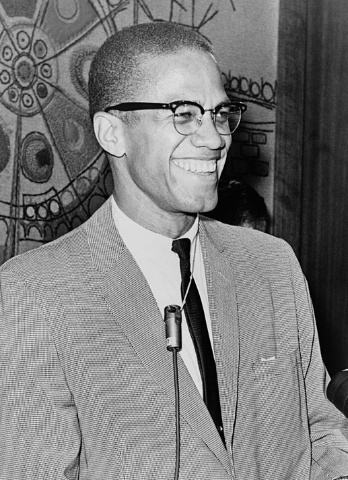
By Ed Ford, World Telegram staff photographer - Library of Congress. New York World-Telegram & Sun Collection.
When learning about the People’s Temple we read the last words written by some of those who died at Jonestown, which reveal the humanity and concerns of those who died, such as Annie Moore, a nurse, who wrote about the utopian dreams of the People’s Temple and who ended her letter with the haunting words, “We died because you would not let us live in peace.”
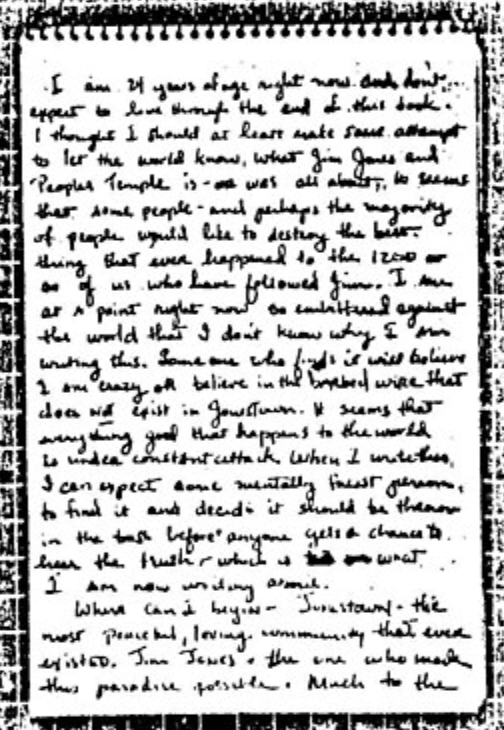
Last Letter of Annie Moore (p. 1), January 19, 1978, Jonestown, Guyana
We also note how images matter and reinforce the cult stereotype. Instead of pictures of the group leaders and of the dead bodies in Jonestown or the Branch Davidian compound engulfed in flames, we look at images of the members of the community and the humanity they represent. These images are much more representative of the movements and followers than the sensationalist images of death and destruction so prevalent in the media and that most often appear in internet searches.
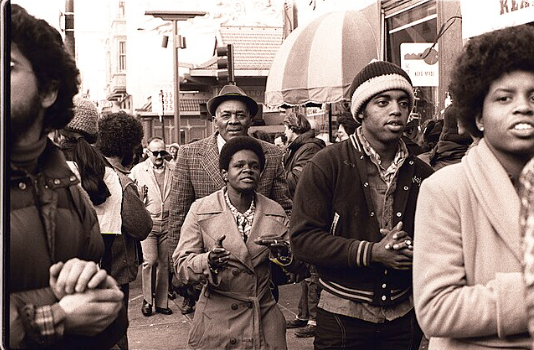
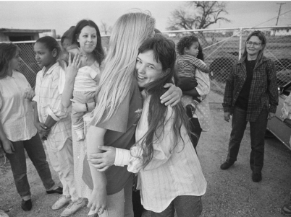
Members of the Branch Davidian community in 1988.
Steve Early 1993 Waco-Tribune Herald
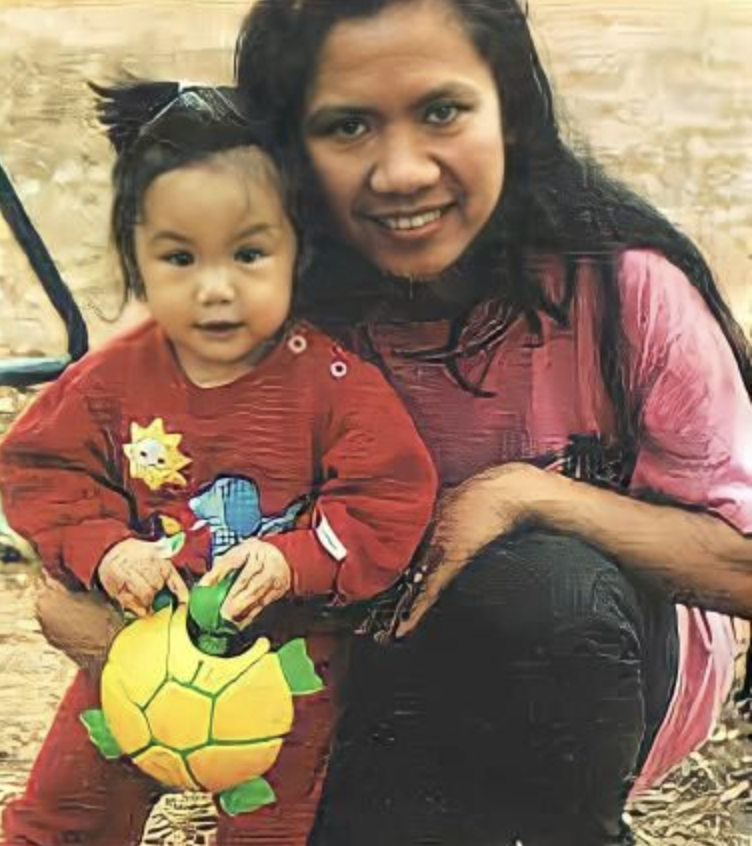
Floaracita Sonobe and daughter Angelica, both of whom perished in the fire at Waco.
The power of this humanistic endeavor hit home in a new and immediate way during the 2016 fall quarter. Many students were in a daze when the class met on the day following the 2016 Presidential election. Many were fearful about the repercussions for themselves and their family and were struggling to understand how their fellow citizens could have produced such an outcome. The silence and confusion in the classroom was palpable. Then it began to dawn on us. Isn’t this what we have been doing in class: learning to see the humanity of those whose beliefs and actions are incomprehensive to us? We knew we didn’t have to agree, that we could criticize, but we also recognized that we had to see fellow citizens as human beings rather than retreating to words and descriptions that prevent us from doing so. For many of us in the room that morning, the election was a case study that challenged us to apply what we were learning. Since that moment I have had a new and deeper appreciation for the importance and impact of what the humanities can do and how it can make a difference.
